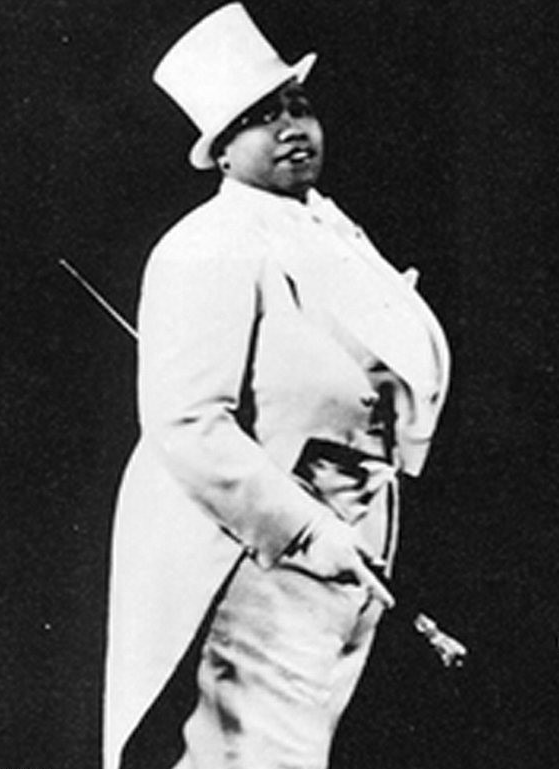1: The Beginnings
- Page ID
- 68319
1900 - 1968
Personal Story

Naturally, we’ve lost our jobs, and while we’re waiting, we’re probably losing our house and furnishing—all because a bunch of college hustlers won’t tell the truth!...As we may only write two letters a month, this is my second. My first plea for help went unheeded, as will, I am sure, any further letters I may write. My family never wants to see me again—there is no one Darren and I can turn to for help. [I am writing you] if only to tell someone where we are, and why we are here; even if only to have someone on the outside worry about us. But what we are really hoping for is help to fight this case—a most profound injustice... Now that you know that we are in prison for a crime that we did not commit, I can only beg that you will do anything possible to help us. Please sir, - Richard
Note. This letter was written to ONE Magazine in 1964. The magazine editors located a lawyer for Darren and Richard, and the two were released from jail. Source: Letters to ONE
by Craig Loftin.
DEFINITION OF TERMS
Although the terms gay, lesbian, transgender, and LGBTQ (lesbian, gay, bisexual, transgender, and queer) are used in this chapter, these are not terms people used in the early to mid-20th century. Homosexual was the term most often used for lesbian and gay in this era. Queer was considered a derogatory term, unlike the positive all-inclusive meaning it has today. No term existed in the English language for transgender prior to the 1950s. In the 1950s and 1960s, transsexual became the most widely used term.


LGBTQ represeNTATiON dates back to the earliest human civilizations. How- ever, gay and lesbian communities only started to gain visibility in America with the development of industrialized urban centers in the late 1800s, most notably in New York. In 1903, New York police, under pressure from religious morality groups, conducted the first known raid targeting gay men. The Armed Services launched its first known investigation of homosexual behavior in 1919, with a probe into the activities of its cadets in Newport, Rhode Island. Although the military had a long history of persecuting homosexual activity dating back to the Revolutionary War, the Armed Services only officially made consensual sodomy a criminal offense in 1920.
Alcohol prohibition from 1920 to 1933 saw a period of greater freedom for LGBTQ people. Illegal speakeasies allowed LGBTQ people relatively safe places to congregate away from police intervention. Performers such as Gene Malin, Ma Rainy, and Bessie Smith openly espoused gay and lesbian identities, while female impersonators such as Julian Eltinge became popular international performers. Books with gay, lesbian, and transgender themes such as Virginia Woolf’s Orlando and Radclyffe Hall’s Well of Loneliness garnered wide popularity. Annual drag-queen balls drew thousands of participants in New York, while smaller balls gained popularity across the nation.


